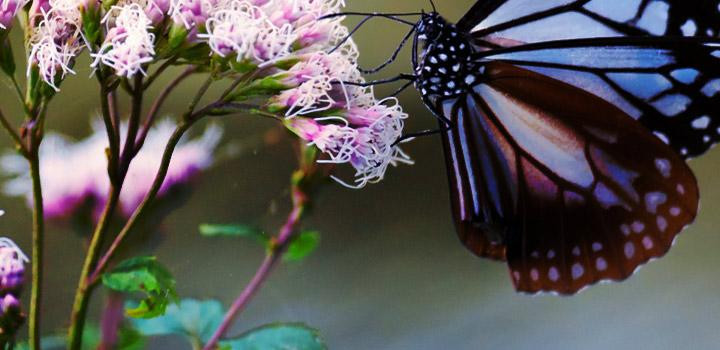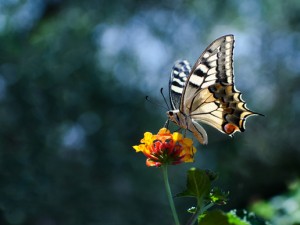
Butterfly Garden Plants
Posted by Grange Co-op on 21st Feb 2016
 Butterflies capture the attention and inspire the imagination of both young and old. Inviting these natural beauties into your garden is as easy as choosing the right plants and providing a few other creature comforts that butterflies require to flourish in a single location.
Butterflies capture the attention and inspire the imagination of both young and old. Inviting these natural beauties into your garden is as easy as choosing the right plants and providing a few other creature comforts that butterflies require to flourish in a single location.
- First, learn which butterfly species are native to our region. There are abundant resources online to help you identify and choose which native species you’d like to attract.
- Next, learn the plants your chosen species prefer for their life cycle. You’ll need to provide the preferred host plants (those that the caterpillars like to eat) and the preferred nectar plants for the adult butterflies. To be most successful, choose plants that are also native to your region.
- And finally, you’ll need to provide both sunning areas and water for your new garden residents. Broad, flat rocks placed in sunny locations attract butterflies looking to warm up. Butterfly-friendly water sources include shallow puddles of mud or wet sand.
The most successful butterfly gardens are located in non-windy areas that receive five to six or more hours of sun each day. If you follow these suggestions, you won’t need to purchase any butterflies. Simply build their perfect garden, and the butterflies will come.
Shop for Lawn & Garden Supplies on magento.grangecoop.com.
Butterfly Garden Plants
-
Top Ten Nectar Plants
- Black-eyed Susan (Rudbeckia spp.)
- Liatris (Liatris spp.)
- Butterfly Bush (Buddleia spp.)
- Purple Coneflower (Echinacea purpurea)
- Lantana (Lantana spp.)
- Yarrow (Achillea spp.)
- Joe-Pye Weed (Eupatorium spp.)
- Aster (Aster spp.)
- Butterfly Weed (Asclepias tuberosa)
- Coreopsis (Coreopsis spp.)
-
Western Butterflies & Preferred Host Plants
- Western Tiger Swallowtail - Aspens, poplars, willows, alders, ashes
- Two-tailed Swallowtail - Willow, cherry, poplar, ash
- Monarch - Milkweeds
- Great Spangled Fritillary - Violets
- Green Comma - Willows, birches, alders
- Milbert’s Tortoiseshell - Nettles
- Mourning Cloak - Willows, aspens, elms, birches
- Cabbage White -Mustards, cabbage, broccoli
- Clouded Sulphur -Clovers, alfalfas
- Orange Sulphur -Alfalfa, vetches, clovers
- Painted Lady - Thistles, hollyhocks, borages
- West Coast Lady - Nettles, mallows
- Red Admiral -Nettles
- California Sister - Oaks
- Lorquin’s Admiral - Willows, aspens, cottonwoods
- Western Tailed-Blue - Vetches, other legumes
- Gray Hairstreak - Many plants, especially legumes
- California Hairstreak - Buckbrush, oaks, cherries
- Field Crescent - Asters
- Common Ringlet - Grasses
- Spring Azure - Dogwood, meadowsweet, wild cherry
- Common Checkered-Skipper - Mallows
- Silvery Blue - Lupine and other legumes
